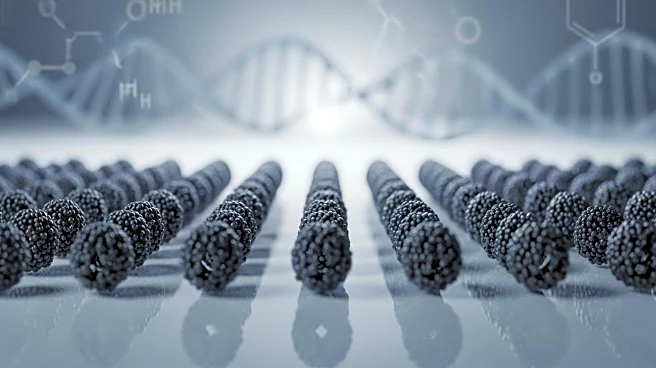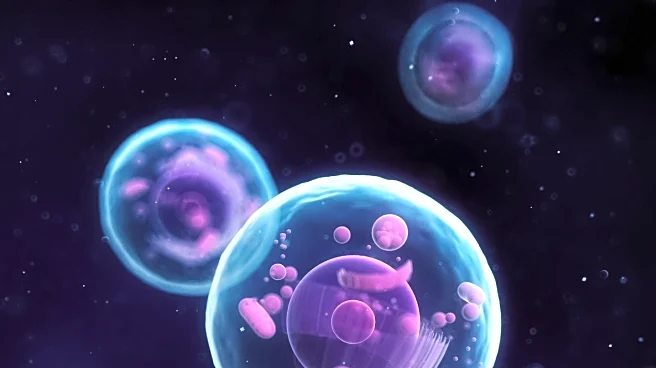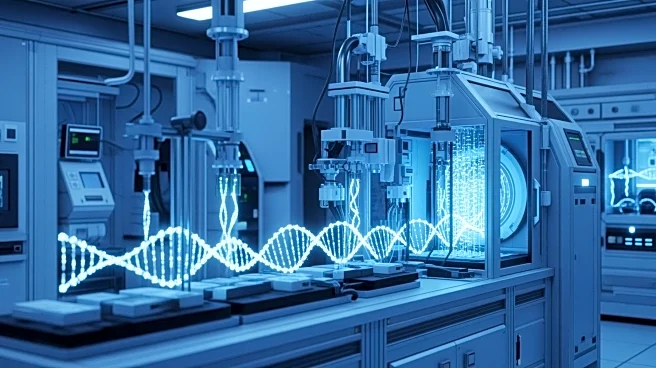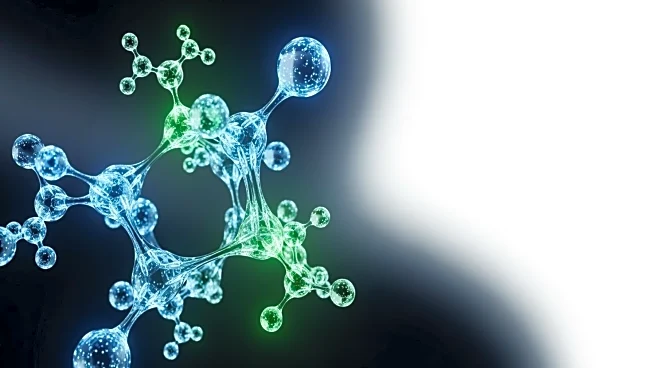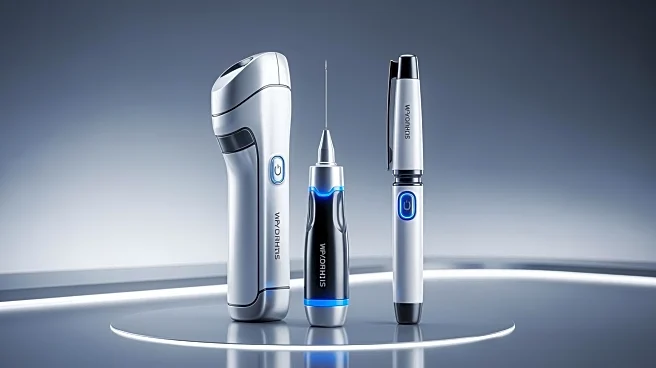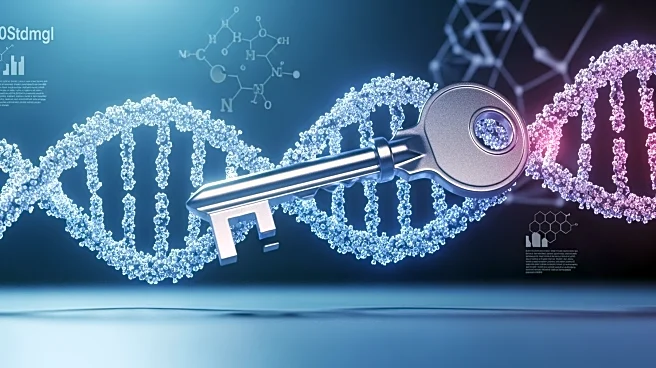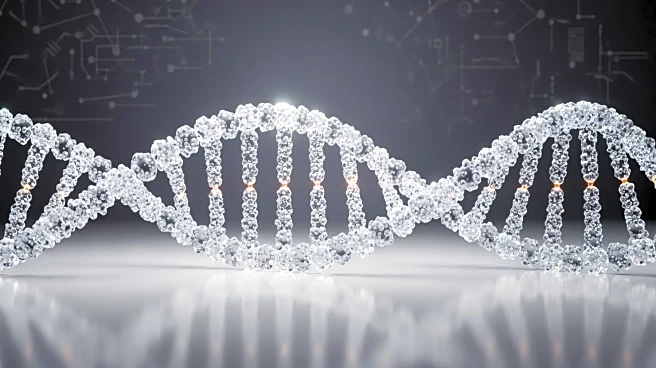What's Happening?
Researchers from the University of Pennsylvania, Brookhaven National Laboratory, and Waters have conducted a detailed study on lipid nanoparticles (LNPs), which are increasingly used as delivery vehicles
for precision therapies in genetic diseases and cancers. The study, published in Nature Biotechnology, reveals the diverse configurations of LNPs and their correlation with the effectiveness of therapeutic delivery. The research highlights that LNPs are not uniform and can be tailored to improve delivery to specific diseases. Techniques such as sedimentation velocity analytical ultracentrifugation and field-flow fractionation coupled to multi-angle light scattering were employed to visualize and analyze the LNPs without altering their structure. The study also tested the effects of LNPs on human T cells, cancer cells, and animal models, finding that different formulations have varying potency depending on the target.
Why It's Important?
The findings from this study are significant as they pave the way for more targeted and effective therapeutic delivery using LNPs. By understanding the structural variations and their impact on delivery, researchers can design LNPs that are more suited to specific therapies and tissues, potentially increasing the efficacy of treatments for genetic diseases and cancers. This research could lead to advancements in personalized medicine, where treatments are tailored to individual patient needs, improving outcomes and reducing side effects. The study also suggests that artificial intelligence could be used in the future to design LNPs with precision, further enhancing their therapeutic potential.
What's Next?
The study opens the door to rational LNP design, moving beyond the current trial-and-error approach. As more labs contribute data on LNP structures and functions, there is potential for developing AI models to design more effective LNPs. This could lead to a new era in drug delivery, where nanoparticles are engineered with the same precision as drugs themselves. Researchers may continue to explore the use of different preparation methods, such as microfluidic devices and micropipetting, to optimize LNP formulations for specific therapeutic applications.
Beyond the Headlines
The research highlights the complexity and variability of LNPs, challenging previous assumptions about their uniformity. This deeper understanding of LNP structures could lead to ethical considerations in the development of personalized therapies, ensuring equitable access to advanced treatments. Additionally, the study underscores the importance of interdisciplinary collaboration in advancing biotechnological innovations, combining expertise from biochemistry, bioengineering, and medical research.
